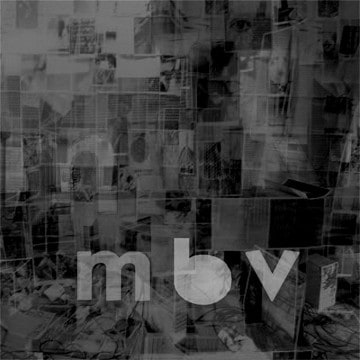Two decades after the release of Loveless (1991), an influential and frequently–imitated milestone in early 1990s shoegaze, My Bloody Valentine has finally released a proper follow-up to what is generally considered to be the band’s masterpiece. mbv‘s release came as a surprise to many, since guitarist/vocalist Kevin Shields has been hinting at a new record for at least 15 years. Side by side comparisons with Loveless are unavoidable, but the questions persist: How does mbv compare to their already iconic repertoire? Does it bring anything new to the table?
While mbv neither reproduces nor veers too far from the sounds that made the band stars, Shields, guitarist/vocalist Bilinda Butcher, bassist Debbie Googe, and drummer Colm Ó Cíosóig display a keener sense of structure to house their texturally rich walls of sound.
mbv‘s icy blue cover offsets Loveless‘ warm pink, a mark of the coolness and cohesion that contrasts with the latter disc’s sound. Repetitious and tightly constructed passages split the first eight songs into two halves: “Is This and Yes” uses synth samples, found sounds, and the emulation of brass instruments to carry Butcher’s characteristically angelic delivery, while “Nothing Is” typifies the heavier second half with its polyrhythmic instrumental cycle.
Though Shields and Butcher’s signature guitar haze is still prevalent, the mutilated leads pair of “Only Tomorrow” pair up against the key changes of “Who Sees You” and the psych-rock influences of “In Another Way” to create a more precise amalgamation of the group’s influences. Aided by Shields’ obsessive analogue mastering, by the time the song “Wonder 2” roars like a jet engine into your headphones, mbv has already succeeded in transporting you into another world. This is a distinctively different My Bloody Valentine, one that distances itself from past classics and reinvents itself for a new generation. Very rarely does a band of such stature return with such rewarding material.


